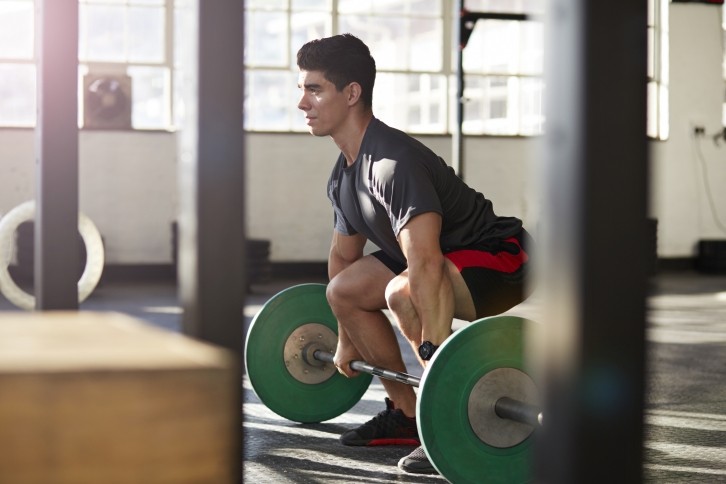Study suggests carb mouth rinse improves Romanian deadlift performance

The study, published in the journal Nutrients and conducted by researchers from the Sports Science Research Center of the National Taiwan University of Sports, reported significantly higher concentric peak power, eccentric peak power and total work in the carbohydrate mouth rinse (CMR) group compared to the placebo group (PL).
Carbohydrates in exercise performance
Carbohydrates are a critical source of energy during exercise. Gargling with an aqueous solution of carbohydrates for several seconds and spitting it out could enhance stamina for exercise performance by more than 60 minutes. It extends the duration of high-intensity exercise by maintaining blood glucose concentrations, decreasing the fatigue index and improving exercise reaction time.
Mechanistically, the CMR stimulates neural sensors of the oral cavity, which in turn elevates the neural signal transmissions to the brain. Central neural responses are linked to the activation of the frontalis, insula, orbitofrontal cortex and striatum, promoting an indirect improvement of motor performance.
Krings et al. (2017) observed that gargling with a CHO solution before short-term, high-intensity bicycle sprints significantly decreased the fatigue index. Studies have also demonstrated that mouth rinsing with a CHO solution can increase pleasure through the gray matter of the spinal cord lamina I, thereby mitigating the effects of RPE, improving motor neurofeedback related to emotion and motivation and increasing power during exercise.
In some individuals, carbohydrate ingestion could induce gastrointestinal discomfort and increase body weight. Therefore gargling with a carbohydrate solution could promote its beneficial effects in sports performance, while minimizing the negative effects, the authors on the present study wrote.
Study details
The double-blinded, randomized, placebo-controlled, crossover trial recruited a total of 20 healthy adult men who had no history of sports injury, were familiar with RDL exercise and regularly trained with weights. Participants were randomly assigned to either the CMR or PL group.
Participants gargled for twenty seconds with either 25 mL of the CMR 6.4% maltodextrin solution or the mineral water placebo before exercise. Dietary data on the participants were recorded at baseline. The time of food intake and type of food consumption were held constant and experimental conditions were stabilized.
Pre-tests were conducted to familiarize the participants with the experimental apparatus and conditions. The actual RDL exercise performance was assessed seven days after the pre-test, which provided enough time for the participants to heal from prior exercise and perform their best.
After a warm up, the study analyzed RDL performance using an Exxentric inertial resistance training flywheel.
Participants stood on a platform over the flywheel with their feet hip-width apart, holding a training bar tethered to the flywheel shaft through a hole in the platform. The movement began in the bent position.
Each movement started with the concentric phase and ended with the eccentric phase. In the concentric movement phase, the crossbar was pulled along the thigh until the hip joint was fully extended to the end position. During the eccentric movement stage, the bar was slowly lowered to the ground. The participants undertook five sets of five reps with a three minute rest.
Test data were measured using a Kmeter, which provided data on power, concentric peak power, eccentric peak power, average force, average speed, peak speed and total work.
Results indicated that the CMR group achieved significantly greater eccentric peak force, concentric peak force and total work during inertial resistance exercise.
Although this study did not observe a significant difference in RPE between the groups, the authors referenced results of other studies, indicating that the cause of performance improvement in this study may be due to the increase in cell production and the stimulation of the nerve receptors in the oral cavity after mouth rinsing with a CHO solution.
They suggested that the strategy could be exploited by athletes or coaches of explosive power sports to improve their preparation for competitions and called for future studies to explore effects on female participants and use other training equipment to evaluate the effects of CMR on efficacy in moderate- and short-term, high-intensity exercise.
Source: Nutrients
doi: 10.3390/nu16081248
“Carbohydrate Mouth Rinses before Exercise Improve Performance of Romanian Deadlift Exercise: A Randomized Crossover Study”
Authors: Yang T et al.




